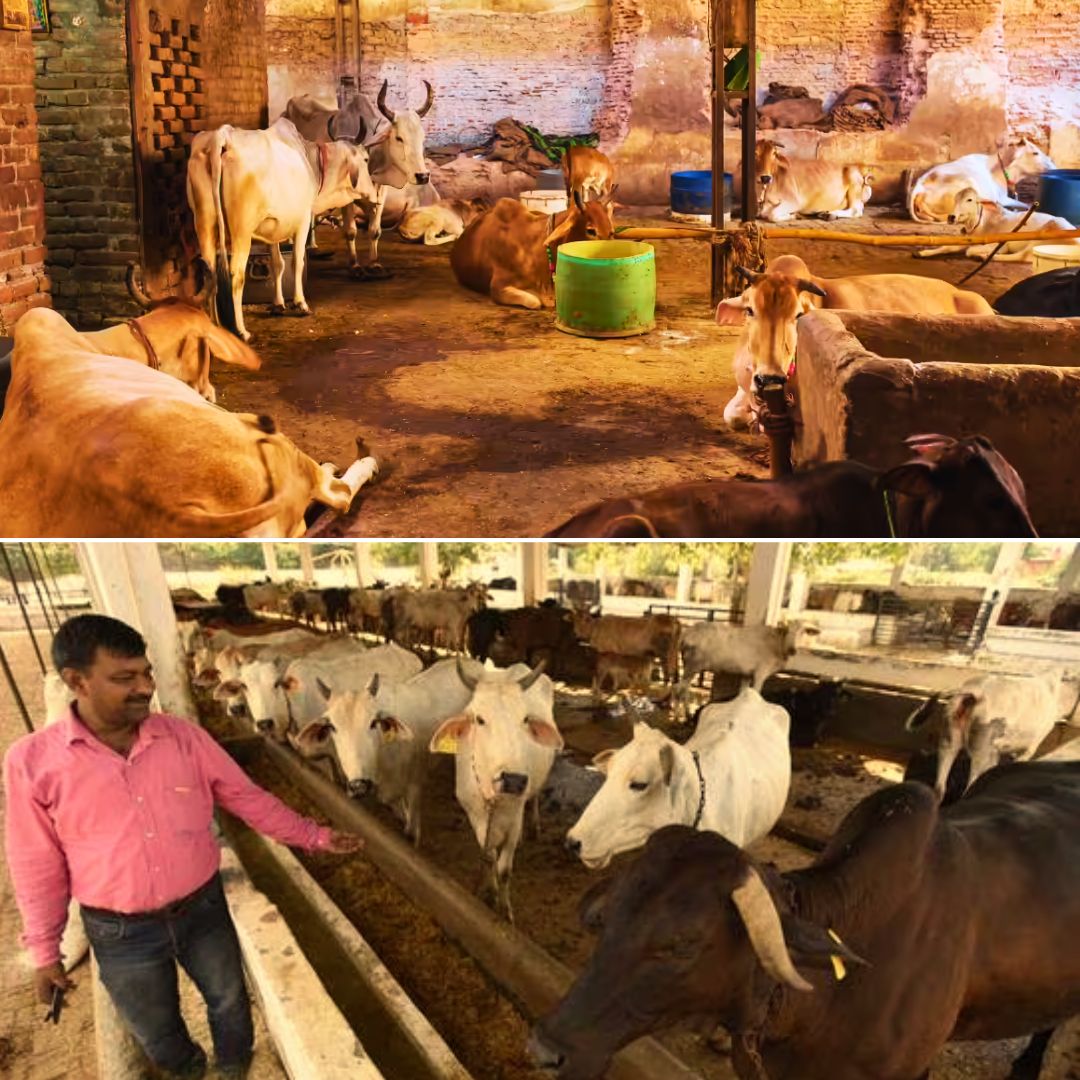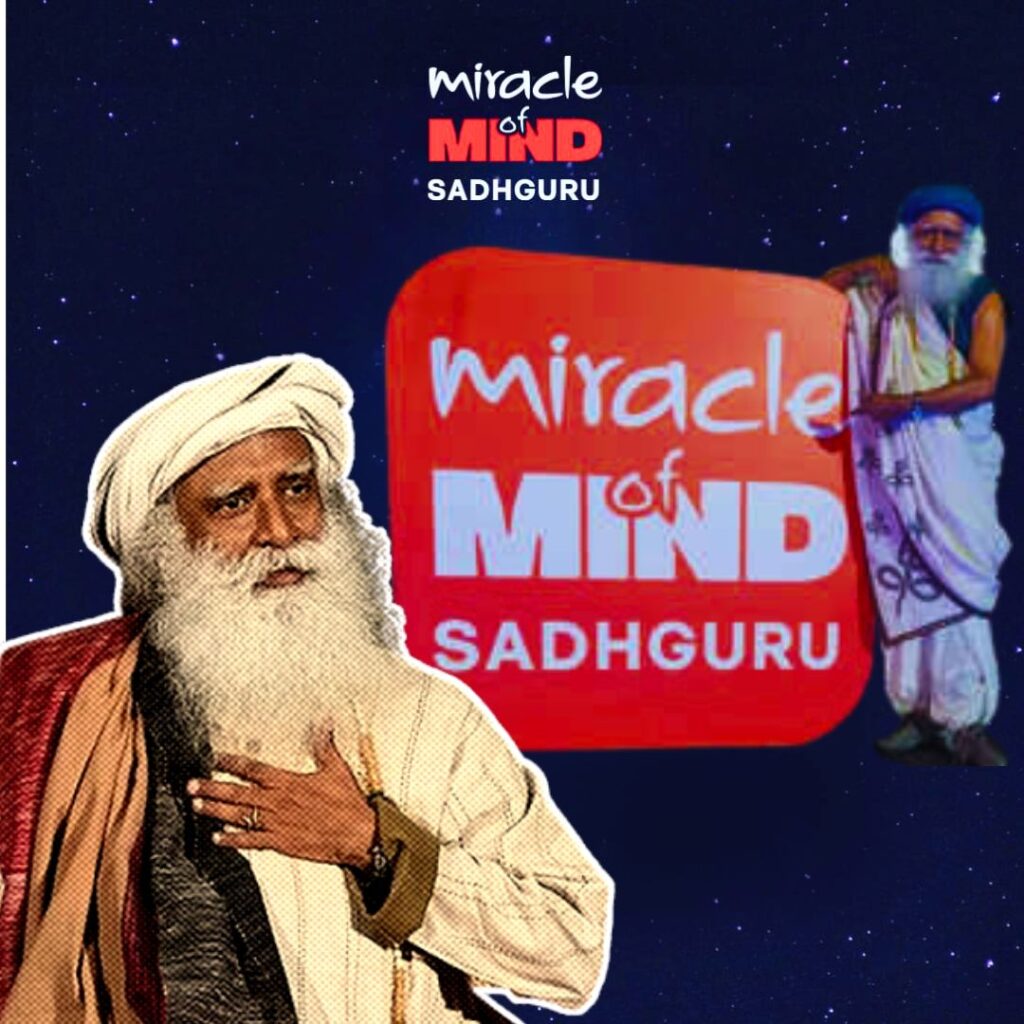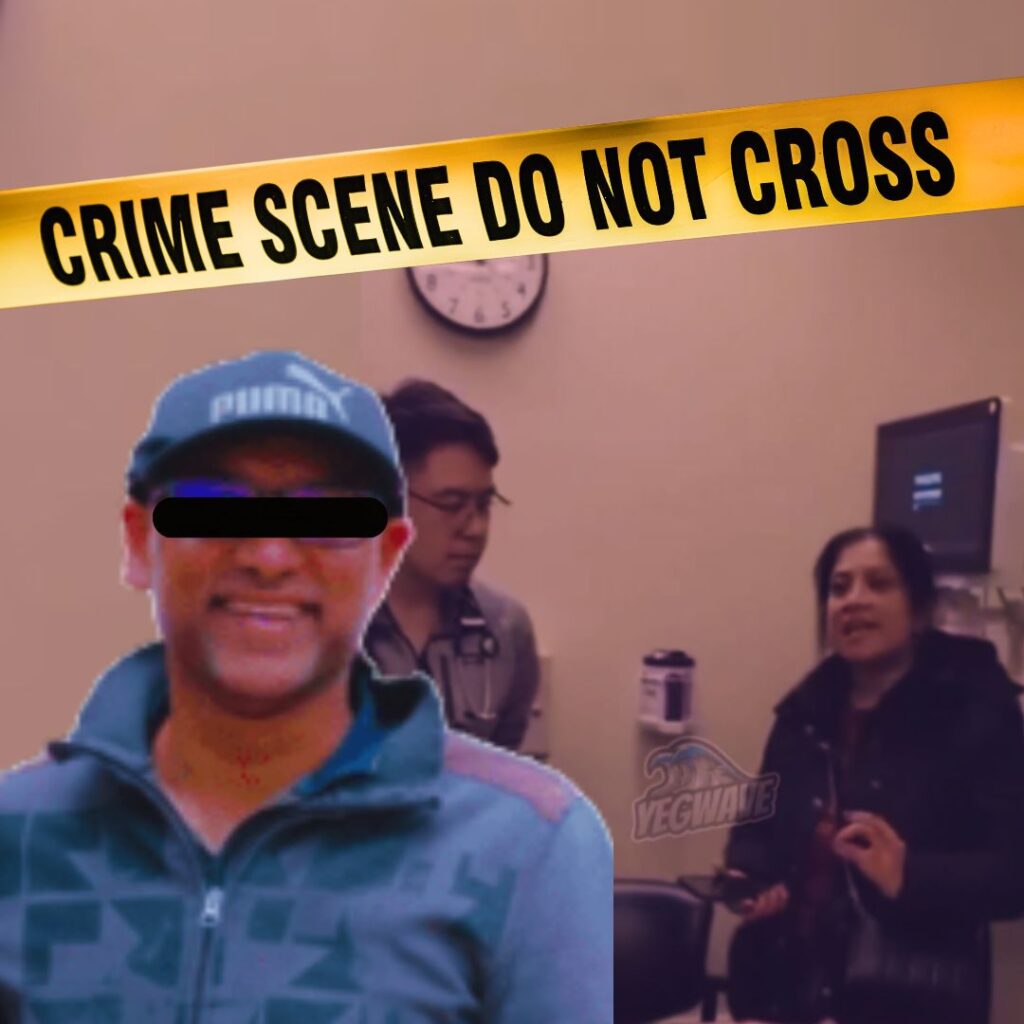The Uttar Pradesh Gau Seva Commission and Patanjali Yogpeeth have entered into a comprehensive partnership to transform cow protection and rural economies across all 75 districts of the state.
Initiated after talks in Haridwar between Commission Chairman Shyam Bihari Gupta, Baba Ramdev, and Acharya Balkrishna, this collaboration aims to develop two to ten cow shelters per district as model centres of rural industry.
Chief Minister Yogi Adityanath’s vision drives the scheme, with Patanjali committed to full technical, training, and market support. The initiative is set to boost Panchgavya product output, enable large-scale biogas generation, and unlock jobs via a grassroots commission model, as confirmed by newly released official statements.
From Cow Shelters to Rural Powerhouses
The plan takes cow shelters (gaushalas) far beyond their traditional role. Newly upgraded gaushalas will have open sheds, enhanced fencing, and robust security so that cattle can roam freely and safely.
Each centre will function as a community enterprise, producing and selling Panchgavya products including milk, curd, ghee, urine, and dung for agricultural and spiritual applications. These products, along with biogas and organic farm inputs like neem and vermicompost, will be distributed statewide.
The move is set to create a surging wave of rural employment: villagers will collect cow urine and distribute products, earning a 50% commission on sales, directly benefitting local livelihoods.
Notably, Patanjali will deliver expert training in product formulation and certification, help standardise quality, and support license acquisition for rural entrepreneurs.
A Tech-Enabled, Nature-Framed Vision
Modern technology is at the heart of the initiative. Cow shelters will implement geo-fencing, cattle tagging, photo mapping, and digital fodder inventory to ensure efficient management and transparency.
Farmers statewide will receive eco-friendly agricultural resources neem treatments, natural fertilisers, and biogas aimed at lowering input costs, regenerating soil fertility, and reducing environmental harm.
Officials note that this approach not only safeguards native cow breeds but also harnesses their potential to power rural economies and support green practices making villages more self-reliant in both spirit and substance.
Ramdev and co-founder Acharya Balkrishna have personally endorsed the campaign, expected to expand rapidly after direct meetings with the Chief Minister to finalise implementation plans.
Context: A New Rural Blueprint and Stakeholder Views
This partnership is born from a strategic push towards sustainable rural development, rooted deeply in traditional reverence for cows. Chief Minister Yogi Adityanath has long advocated that “the village cow is the foundation of the village’s progress,” a belief now being operationalised at scale.
Officials highlight that the formal agreement, which included input from senior administrators and civil society, combines traditional Indian knowledge with modern management and market channels.
By addressing animal welfare, economic opportunity, and ecological restoration together, the effort aims to set a template for rural transformation across India.
Stakeholders, including village leaders and representatives from the Gau Seva Commission, have expressed optimism, citing potential for job creation, women’s empowerment, and long-term sustainability in rural communities.
The Logical Indian’s Perspective
This innovative, multi-layered initiative signals genuine progress for India’s hinterland, harmonising the ethical imperatives of animal welfare, ecological restoration, and rural advancement pillars The Logical Indian deeply values. By blending grassroots ingenuity with high-tech tools, the partnership offers a model for peaceful, sustainable coexistence between tradition and progress.
However, its success hinges on truly empowering marginalised groups, maintaining transparency, and ensuring local voices are respected at every step. How might similar collaborations elsewhere spark positive social transformation and foster a deeper sense of shared responsibility for India’s future?











